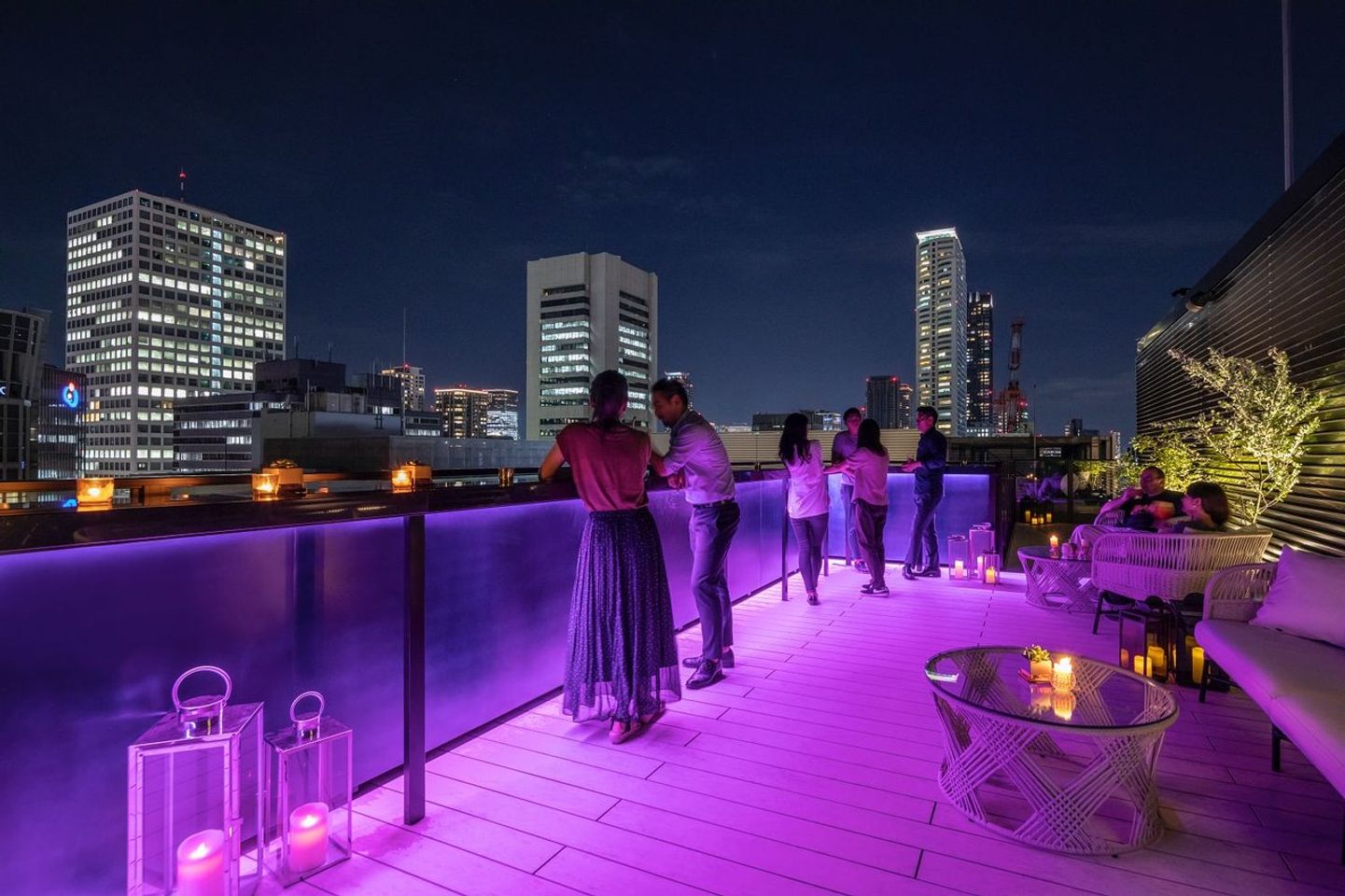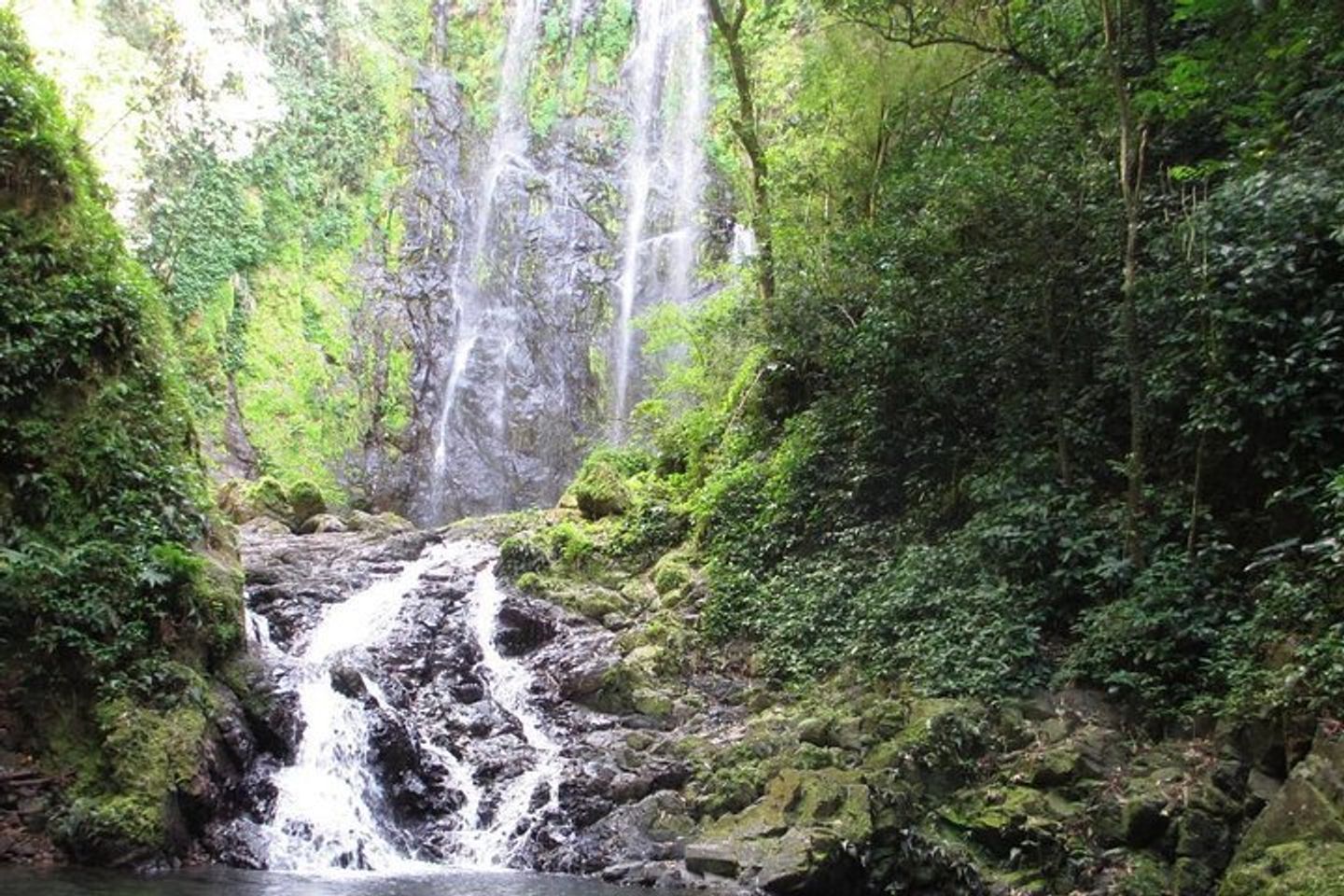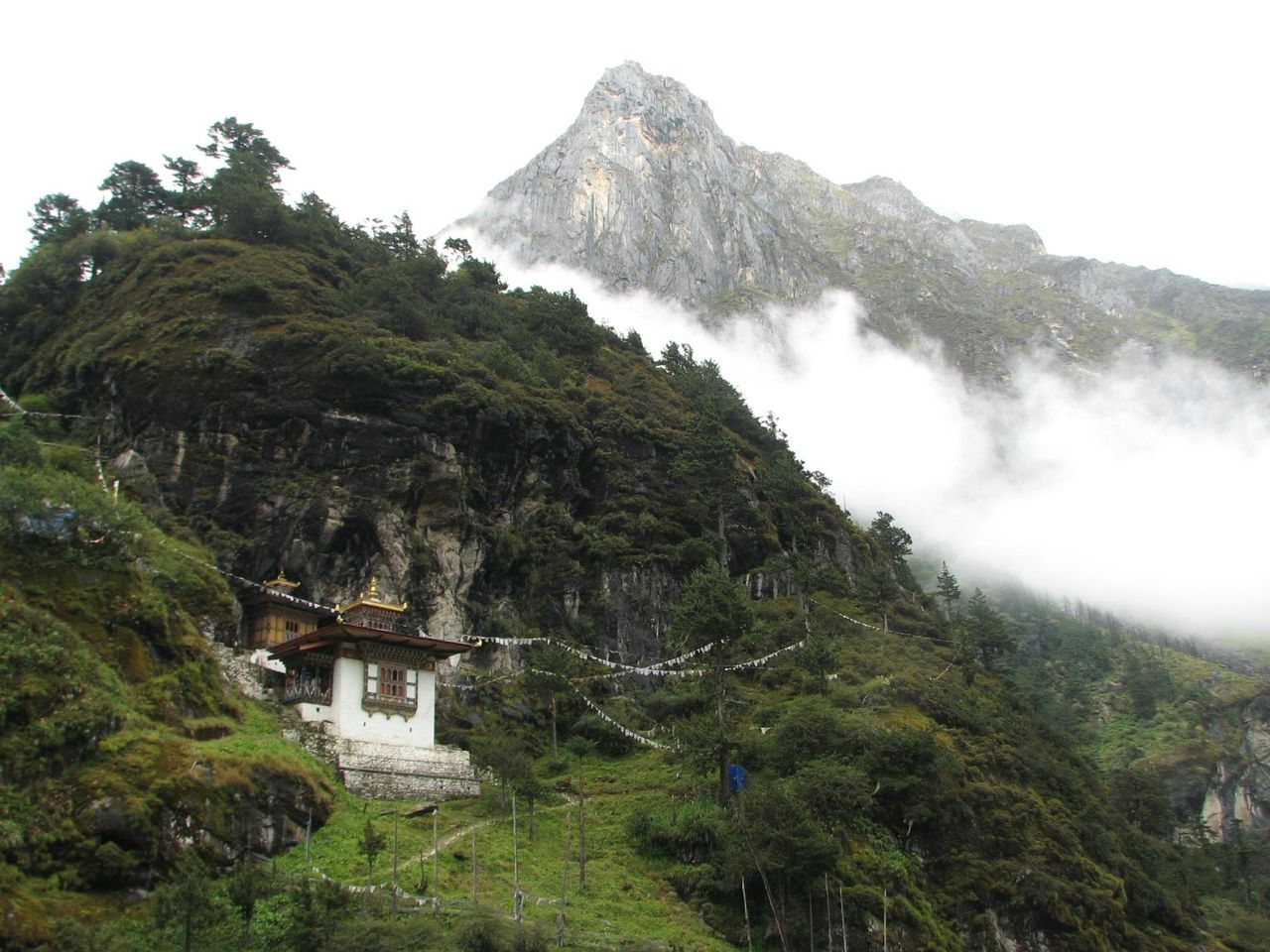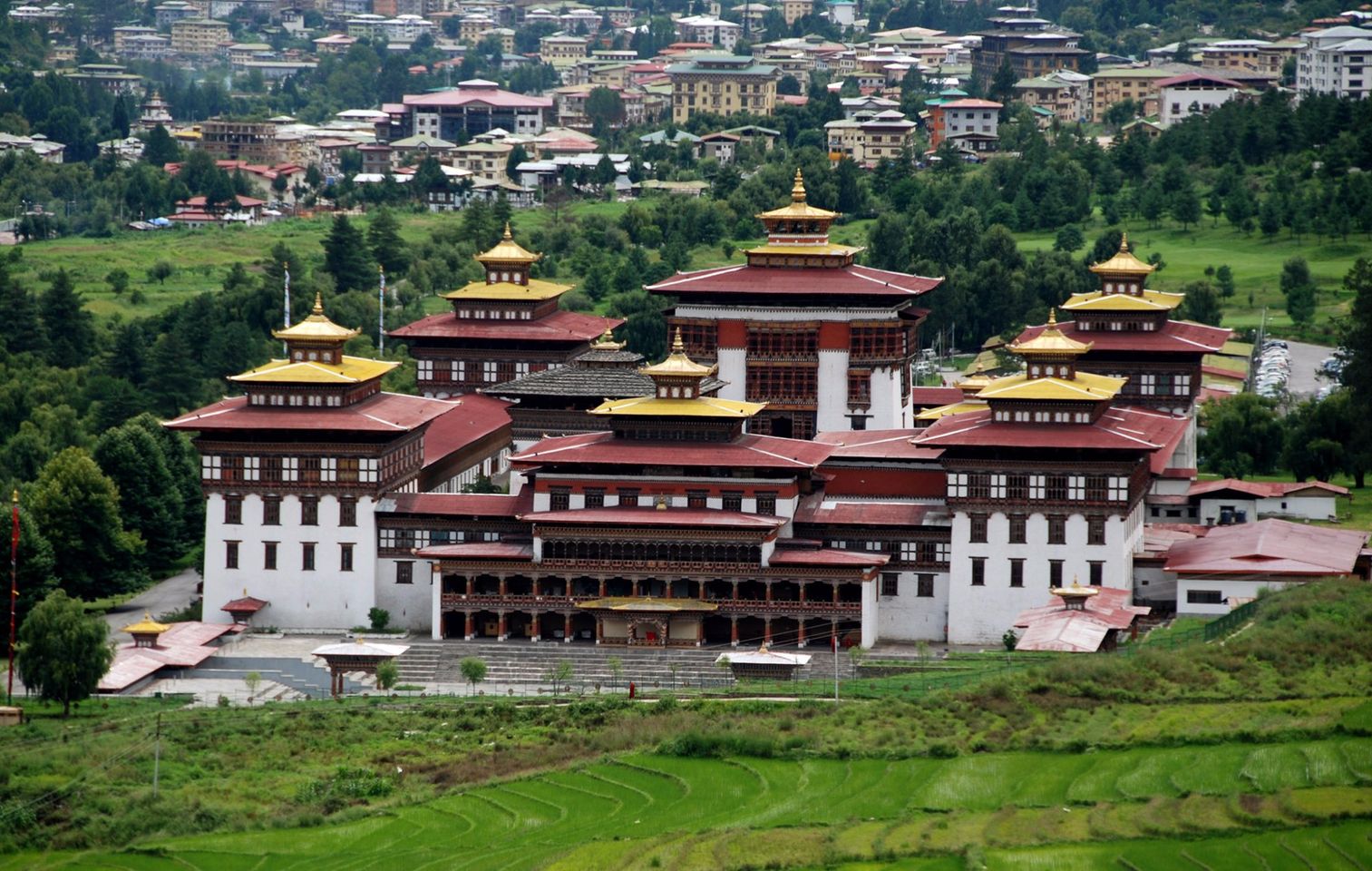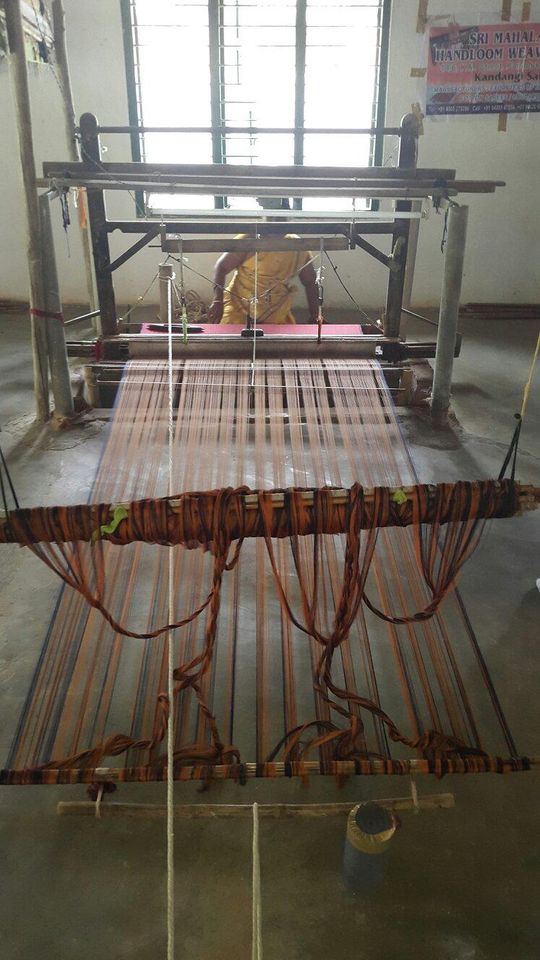Unveiling the Mystical Mongar Dzong: A Fortress of Bhutans Rich Historical and Cultural Heritage.
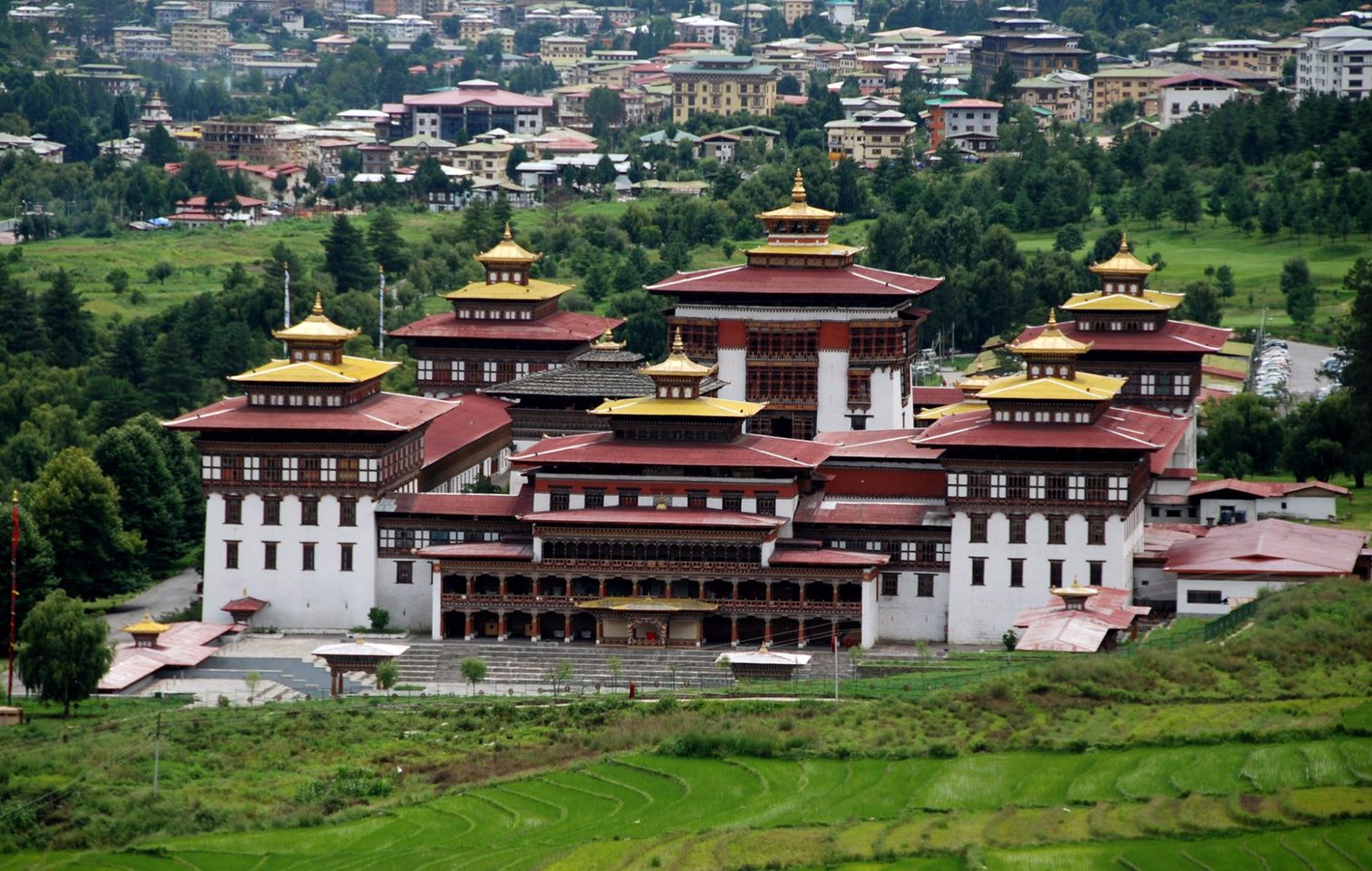
Nestled in the heart of Bhutan, Mongar Dzong stands tall as an emblem of the country’s rich cultural heritage and an architectural marvel that spans centuries. This prominent fortress in Mongar is an epitome of traditional Bhutanese design with its whitewashed walls, wooden carvings, and golden roofs. As a traveler, exploring Mongar Dzong is an unforgettable experience that offers a glimpse into the unique historical and cultural significance of Bhutan.
Upon entering the fortress, we are greeted by a calming sense of tranquility that wraps us in an inner peace. The stunning architecture, historical artifacts, and the surrounding beauty of nature come together to create a sensory experience that overwhelms us with a deep sense of awe. The fortress stands as a magnificent symbol of Bhutan’s rich history, architectural expertise, and spiritual beliefs, and exploring it is an excellent way to learn about Bhutan and its people.
In this article, we will explore Mongar Dzong and discover the hidden gems of this iconic fortress. From its rich history and cultural significance to its magnificent architecture and breathtaking views, we will delve into every aspect that makes Mongar Dzong a must-visit destination for anyone seeking to explore the unique cultural heritage of Bhutan. So, pack your bags, and let’s embark on a journey to explore the wonder of Mongar Dzong. Click here to access the complete city guide for Mongar.
History of Mongar Dzong
Stepping inside Mongar Dzong is like stepping into a time machine that takes you back to a thrilling and intriguing period in history. This fortress offers an exceptional glimpse into the glorious past of Bhutan and is an ode to its profound culture. The imposing architecture of the dzong and the enthralling stories that come along with it is a testament to the ingenuity and craftsmanship of the Bhutanese people.
As we explore the intricate carvings and paintings, we couldn’t help but feel a sense of awe and admiration for the architects and artists who crafted this splendid masterpiece. The structures and monuments standing here are a testament to Bhutan’s rich history and tradition. The attention to detail that has gone into preserving these structures is worth commending.
Visiting Mongar Dzong is more than just a sightseeing tour, it is an education into the vibrant and illustrious history of Bhutan. For this reason, it is crucial that tourists visit and appreciate this national treasure for it embodies the spirit of a people who hold their culture in the highest regard. In conclusion, we urge you not to miss out on the opportunity to experience Mongar Dzong’s grandeur and to witness the fascinating history of Bhutan unfold before your very eyes.
Architecture of Mongar Dzong
We cannot talk about Mongar without discussing the architectural prowess of the Mongar Dzong. Its unique design immediately catches the eye, with its multi-tiered structures and intricate carvings, which are a feast for the eyes. One cannot help but admire the combination of Bhutanese and Tibetan architectural styles that create a stunning piece of architecture that is unlike anything else in the region.
The design of the Mongar Dzong was not only about aesthetics but also about functionality. The fortress was designed to withstand any enemy attack, and it has been tested many times in the past. The thick walls, large watchtowers, and strategically placed windows create an impenetrable fortress that has stood the test of time. It is a testament to the ingenuity and architectural brilliance of the Bhutanese people.
A visit to the Mongar Dzong is a must for anyone interested in architecture, history, or culture. It not only offers a glimpse into Bhutan’s rich history but also gives a sense of the mastery of the Bhutanese people in architecture and construction. A visit to the Dzong is an immersive experience that will leave you in awe of the architectural achievement that is the Mongar Dzong.
Cultural significance of Mongar Dzong
When we talk about Mongar Dzong, we are not only talking about an architectural masterpiece but also about the cultural essence that is intrinsically embedded within its walls. The Dzong was built in the 1930s on a historical site that once served as the Civil governor’s residence in Eastern Bhutan. Its architecture is a unique blend of both traditional Bhutanese and modern styles that are a testament to the country’s commitment to preserving its cultural heritage.
As we explore the Dzong, we cannot help but be filled with the awe-inspiring feeling of the rich history and culture that surrounds us. The intricate woodwork, vibrant paintings, and statues all serve as a vivid representation of the Bhutanese way of life. Each nook and cranny of the Dzong is filled with meaning and purpose, and it offers a unique insight into the spiritual and cultural traditions of the Bhutanese people.
When visiting Mongar Dzong, we are not just visiting a historic and cultural site, but we are also immersing ourselves in the rich tapestry of Bhutanese culture. It is a testament to the country’s unique ability to preserve its traditional values while also embracing modernity. As we walk through the corridors of the Dzong, we are left in no doubt about the importance of preserving our cultural heritage, not just for ourselves but also for future generations.
Conclusion
In conclusion, we believe that a visit to Mongar Dzong is an experience to cherish. This prominent fortress in Mongar Bhutan is not just a piece of history but a living proof of the incredible craftsmanship and architectural genius of the Bhutanese people. It offers a unique opportunity to delve deep into the culture and traditions of the majestic country, and to gain a glimpse into the spiritual and social fabric of the region.
Overall, Mongar Dzong serves as a reminder of the nomadic way of life that once existed in Bhutan and the beauty that surrounded it. It inspires awe and admiration for the Bhutanese people and their heritage. In visiting the site, one can sense the peaceful and serene atmosphere, which emanates from the surrounding landscape and the culture at the heart of the temple.
In conclusion, we highly recommend a visit to Mongar Dzong to every traveler and history enthusiast who wishes to experience Bhutan’s legacy firsthand. It is a wonderful opportunity to explore the rich history and architecture of Bhutan, connect with the local culture and spirituality, and, most importantly, be encapsulated by the beauty of this majestic land.

